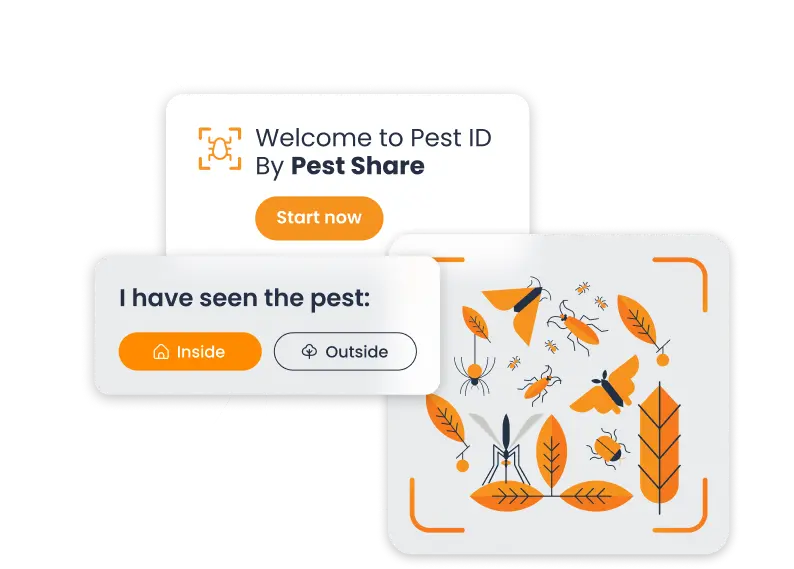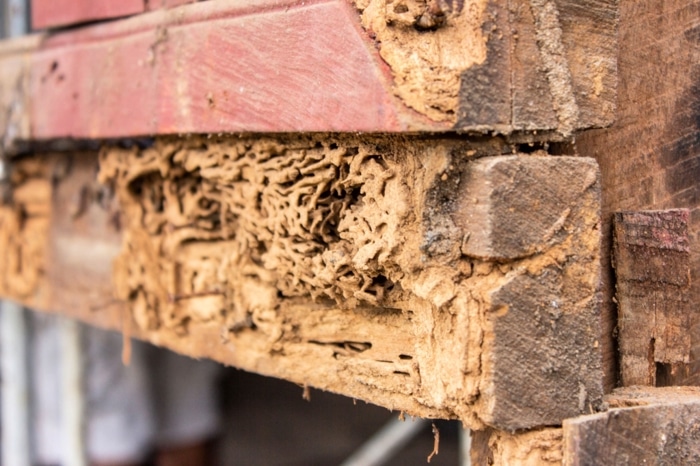Running a property management company is all about balancing many moving parts. You need to keep your properties in top shape, your tenants happy, and your business profitable. One of the key elements to achieving this balance is having a solid revenue model. But, as the property management industry evolves, sticking to the old ways of making money just won’t cut it anymore. That’s where innovative revenue models come into play.
Let’s talk about why it’s important to rethink how your property management company makes money.
We’ll explore various innovative revenue models that can help you not only grow your business but also provide better services to your tenants and clients. Whether you’re a seasoned property manager or just starting out, these ideas will give you fresh insights into how you can boost your revenue.

Looking to Increase Your Revenue?
with Pest Share!
Understanding Traditional Revenue Models
Before we get into the new stuff, let’s take a quick look at how property management companies traditionally make money. Understanding the basics will help us appreciate the need for innovation.
Most property management companies rely on a few main revenue streams. The first and most common is the management fee. This is a percentage of the rent collected from tenants, usually around 8-12%. It’s the bread and butter of property management income, covering the costs of overseeing the property, handling tenant issues, and making sure everything runs smoothly.
Next up, we have leasing fees. These are one-time fees charged when a new tenant signs a lease. It’s typically equivalent to one month’s rent. This fee covers the cost of advertising the property, showing it to prospective tenants, and processing applications.
Maintenance markups are another traditional revenue source. Property managers often arrange for repairs and maintenance on behalf of the property owner, adding a markup to the contractor’s fee. This markup compensates the property manager for their time and effort in coordinating these services.
These traditional revenue streams have served property managers well for years. But as the industry becomes more competitive, it’s clear that there’s room for improvement.
Need for Innovation in Revenue Models
So, why should property management companies consider property management innovation new ways of making money? The simple answer is that the landscape is changing. Tenants today expect more from their living spaces. They want convenience, technology, and services that make their lives easier. Meanwhile, property owners are looking for ways to maximize their investment returns without increasing their workload.
Traditional revenue models can only take you so far. Management fees, leasing fees, and maintenance markups provide a steady income, but they also have limitations. For example, they rely heavily on maintaining high occupancy rates and can be affected by market fluctuations. Additionally, they don’t always reflect the full range of services that modern tenants and property owners value.
This is where innovative revenue models come in. By thinking outside the box, property management companies can create new income streams that not only boost their bottom line but also enhance tenant satisfaction and property value. It’s about finding ways to add value through services that tenants are willing to pay for and property owners see as worthwhile investments.
Innovative Revenue Models
Subscription-Based Services
One of the most exciting ways to boost your property management company’s revenue is by offering subscription-based services. Think of it like a Netflix for maintenance. Instead of tenants calling for repairs and paying each time, they subscribe to a monthly plan that covers various services. This could include regular pest control, seasonal maintenance, and emergency repairs.
This model benefits both you and your tenants. For you, it means a steady, predictable income. For tenants, it provides peace of mind knowing their maintenance needs are covered without surprise costs. Plus, it makes budgeting easier for them, which is a big selling point.
Setting up a subscription service can be straightforward. Start by identifying the most common maintenance requests and package them into different subscription tiers. You might have a basic plan covering pest control and minor repairs, a mid-tier plan adding seasonal maintenance, and a premium plan covering all the bases, including emergency services. The key is to provide clear, tangible benefits at each level so tenants see the value in subscribing.
Ancillary Services
Another great way to increase your revenue is by offering ancillary services. These are extra services that go beyond basic property management. Think of things like cleaning, lawn care, security services, or even package delivery management. Tenants appreciate the convenience, and you create new revenue streams.
For example, you could partner with local cleaning companies to offer regular cleaning services. Tenants can sign up for weekly or monthly cleanings, and you get a cut of the fee. The same goes for lawn care or security services. By providing these options, you not only make your properties more attractive to potential tenants, but you also increase your income.
The key to making ancillary services work is to offer things that tenants actually want and need. Conduct surveys or ask for feedback to understand what services they value most. Then, partner with reliable local businesses to provide these services. This way, you’re not just adding random extras but offering meaningful value.
Technology Integration
We live in a tech-savvy world, and integrating technology into your property management can open up new revenue opportunities. Smart home devices, for example, are becoming increasingly popular. By installing smart thermostats, lighting, and security systems, you can offer these as premium features to your tenants.
Smart home technology can make your properties more attractive and can be a significant selling point. Tenants are often willing to pay extra for the convenience and security that these devices offer. You could charge a premium rent for units with these features or offer them as part of a higher-tier service package.
Additionally, property management software can streamline your operations and improve tenant satisfaction. This software can handle everything from rent collection to maintenance requests, making your job easier and providing a better experience for tenants. By investing in these tools, you can save time and money, which can be redirected into growing your business.
Integrating technology also means using data to your advantage. Property management software can provide valuable insights into tenant behavior and maintenance needs. This data can help you make informed decisions about which services to offer and how to price them. It can also highlight areas where you can improve efficiency and cut costs.
Benefits of Innovative Revenue Models
Innovative revenue models bring a host of benefits to your property management business. First, they open up new streams of income, helping you grow your revenue beyond traditional fees. Subscription services, ancillary offerings, and tech integrations provide steady and predictable income, which can be particularly helpful in managing cash flow.
Another key benefit is improved tenant satisfaction. When you offer valuable services that make tenants’ lives easier, you enhance their overall living experience. Happy tenants are more likely to renew their leases, reducing turnover rates and vacancy periods. This means you spend less time and money on finding new tenants and more time focusing on other aspects of your business.
Enhanced tenant satisfaction also leads to better reviews and word-of-mouth referrals. Tenants who feel well-cared-for are likely to recommend your properties to friends and family. This can significantly boost your reputation and attract more quality tenants.
For property owners, these innovative models mean higher property values and better returns on investment. When properties are well-maintained and equipped with desirable features, they stand out in the market. Owners appreciate when their investments are managed efficiently and profitably, and they’re more likely to trust you with their properties.
Implementing Innovative Revenue Models
Now that we’ve explored the benefits, let’s talk about how to implement these models in your property management business. Start by assessing your current operations and identifying areas where new revenue streams could be introduced. Look at the services you already offer and think about how they can be packaged differently or enhanced.
Next, plan your new services. For subscription-based services, decide what maintenance tasks or perks will be included in each tier. For ancillary services, establish partnerships with reliable local vendors. If you’re integrating technology, research the best smart devices or software solutions that fit your budget and needs.
Communication is crucial when rolling out new services. Clearly explain the benefits to your tenants and property owners. Use emails, newsletters, or meetings to introduce the new offerings and answer any questions. Highlight how these services will improve their living experience or property value.
Start small if needed. Implement new models in a few properties first to test the waters. Gather feedback from tenants and owners to refine your approach. Once you’ve ironed out any kinks, you can expand the services to more properties.
Monitoring and adjusting your models is essential. Track the performance of each revenue stream to see what’s working and what isn’t. Be open to feedback and make changes as necessary to ensure your services remain valuable and relevant.







